The most beautiful places created by natural disasters, to visit before dying
The places that make up this list are evidence of mother nature's power and its propensity to recover from the greatest disasters. Shaped at the rate of major upheavals, the world as we know it today has suffered its share of cataclysms. Cataclysms that have given birth to places that are now known for their majesty....
The Yucatan Cenotes (Mexico)
A wonderful place, composed of several chasms linked together by a system of aquatic caves that was created as a result of the impact of the Chicxulub meteorite. The same one that would be responsible for the extinction of dinosaurs.
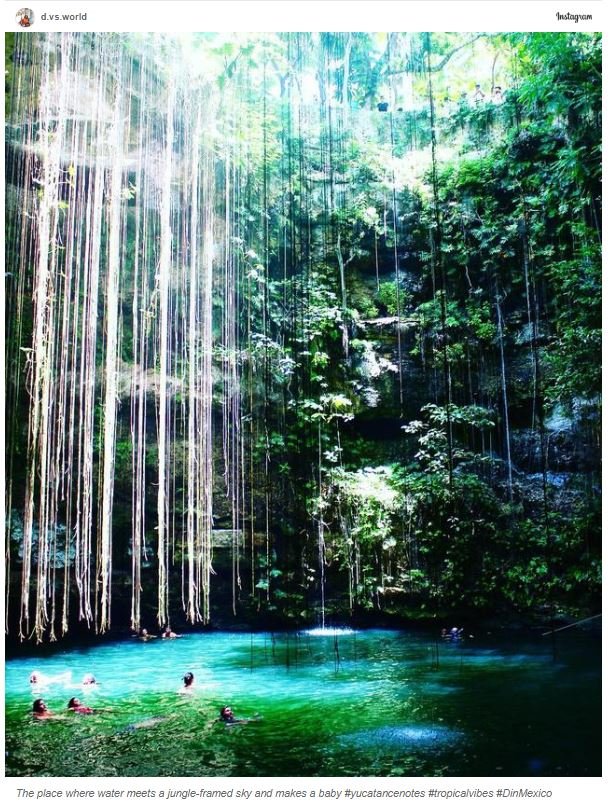
Ngorongoro Crater (Tanzania)
More than 20 kilometres in diameter, this crater appeared when the volcano in the same place collapsed on itself as a result of an eruption, after having completely emptied its magmatic chamber. Technically, the crater is therefore a caldera, because it is not due to the fall of a meteorite. Ngorongoro is the largest unsubmerged caldera in the world.
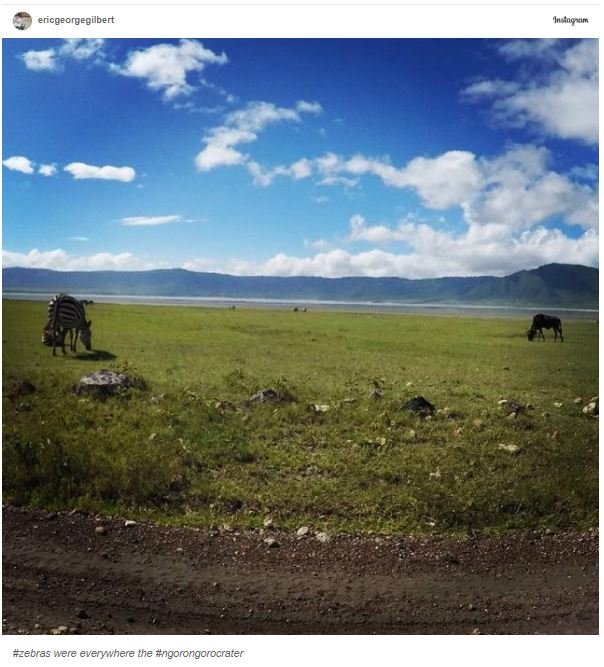
The Mediterranean basin (France)
There are countless remarkable sites along the Mediterranean Sea. The beautiful small islands, especially in Greece, the ports that seem to have stood the test of time... A sea that could only fill up following the Zanclonean deluge, which happens to be a monumental inundation during which the Atlantic Ocean spilled into the Mediterranean basin when the Strait of Gibraltar reopened, very long after it closed, causing the dryness of the sea. It's a little complicated, but it's beautiful, isn't it?
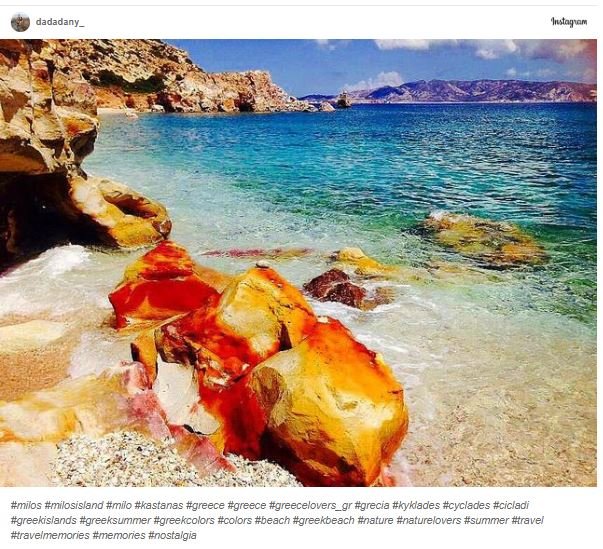
Manicouagan Reservoir (Canada)
Nicknamed the eye of Quebec, this spectacular crater, now inundated after the construction of a dam, is one of the most important in the world. It is estimated that the asteroid that created it was doing something like 5 kilometers in diameter...
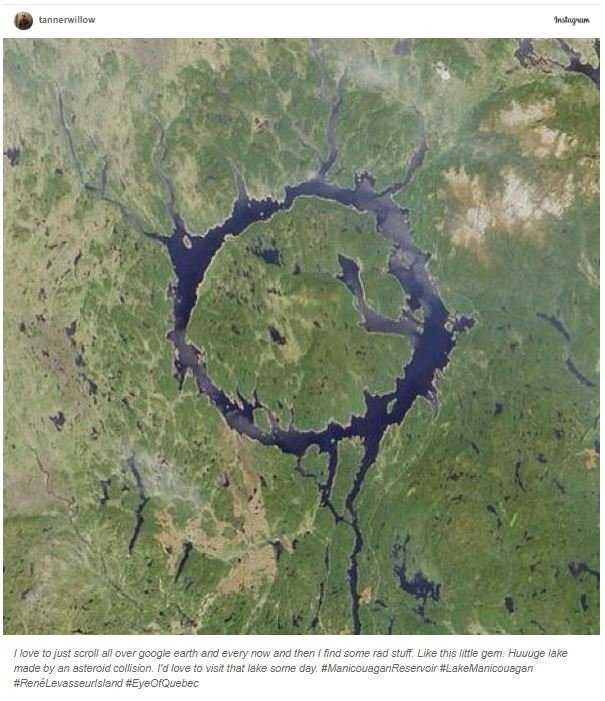
Yellowstone Park (United States)
The oldest national park in the world, Yellowstone Park is also one of the most famous in the United States, mainly because of its famous geysers, which are part of a major volcanic and seismic activity in the region. A Park that was formed following a series of three super-volcanic explosions, the first of which took place 2.1 million years ago and the last 640,000 years ago.
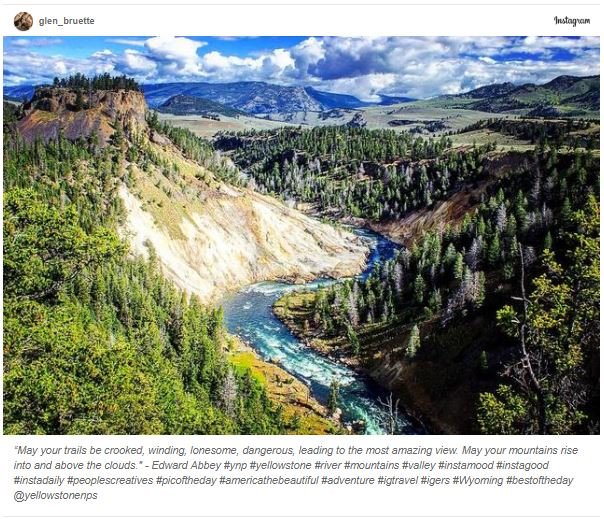
Ujung Kulon National Park (Indonesia)
A true Eden which shelters many rare species, as much animal as vegetable, sublime beaches, breathtaking landscapes... The Ujung Kulon National Park results in particular from the presence of the terrible Krakatoa, an explosive volcano now asleep but responsible, in 1883, for one of the largest and most catastrophic eruptions recorded by man. A cataclysm that caused a staggering number of victims while the sound produced traveled nearly 5000 kilometers. Then calm returned, with the emergence of a splendid nature...
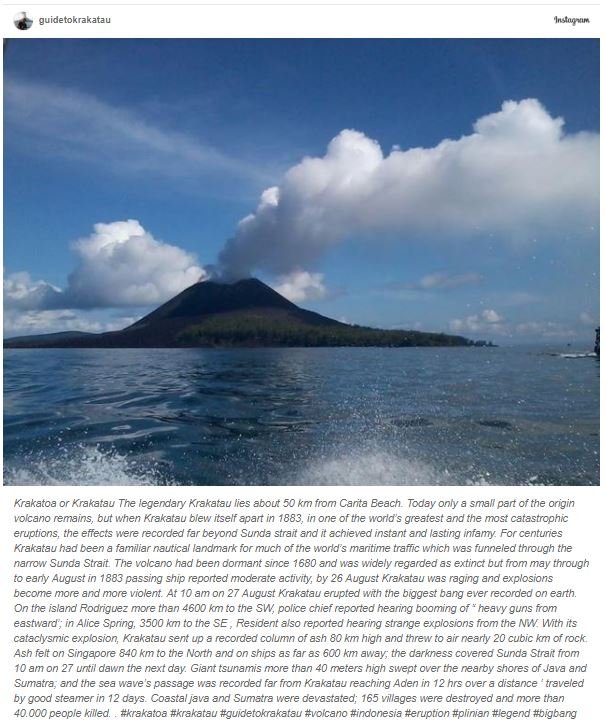
Niagara Falls (Canada, United States)
The Wisconsin Ice Age occurred about 30,000 to 50,000 years ago. A cataclysm that caused the extinction of many species but also allowed the "hatching" of exceptional sites such as Niagara Falls, which were therefore born during the deglaciation process.
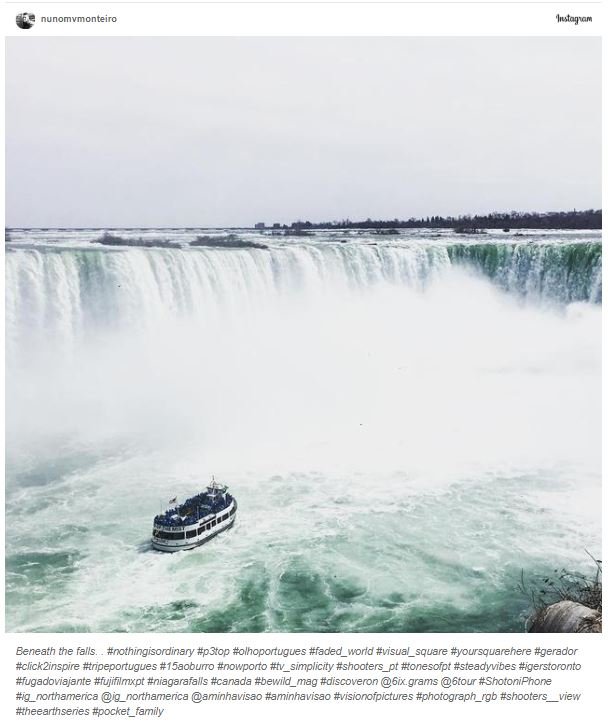
Undara (Australie)
Created a long time ago when lava from a very large volcanic eruption ravaged everything in its path, the Undara tunnels are among the most spectacular lava tunnels in the world. Resulting from the passage of lava in the bed of a dried-up river, they are now covered over some thirty kilometres and shelter animals and plants whose presence is favoured by the partial collapse of the ceiling, which then allows sunlight to enter.
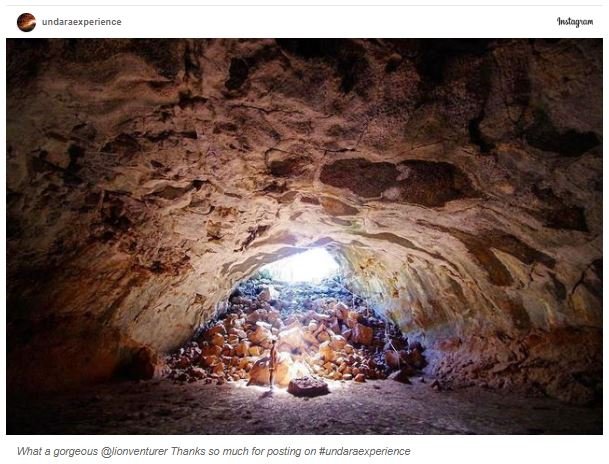
Crater Lake (United States)
As its name suggests, this fabulous lake in the state of Oregon, on the Cascade Mountains, was born as a result of a monumental volcanic eruption, which expelled ashes to Groeland. The collapse of the ground and the accumulation of rainwater meant that the lake was able to form. A lake whose water is so clear that you can see at a depth of more than 30 metres to the naked eye.
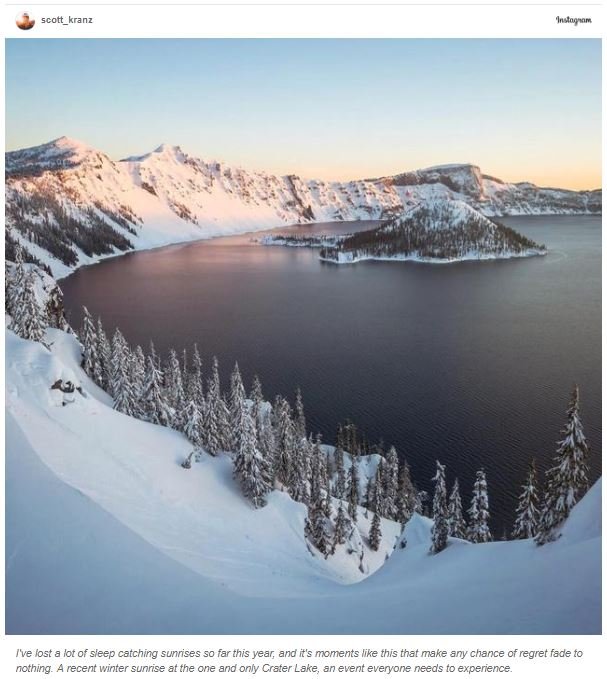
Okavango Delta (Botswana)
A delta that doesn't flow into the ocean. In this respect, it would be more appropriate to call it an alluvial cone, because that is what it is. A cone, therefore, made possible by an earthquake that has considerably modified the contours of the region, allowing the creation of this corner of paradise that has become the refuge of many species and also of many tourists.
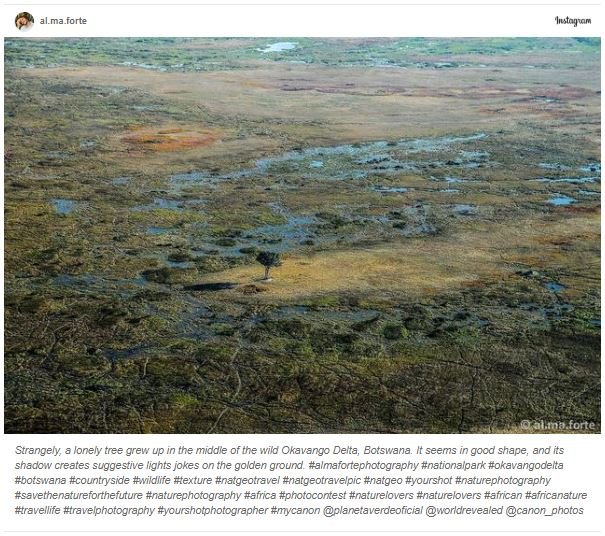
Have fun
Photo credits : Instagram